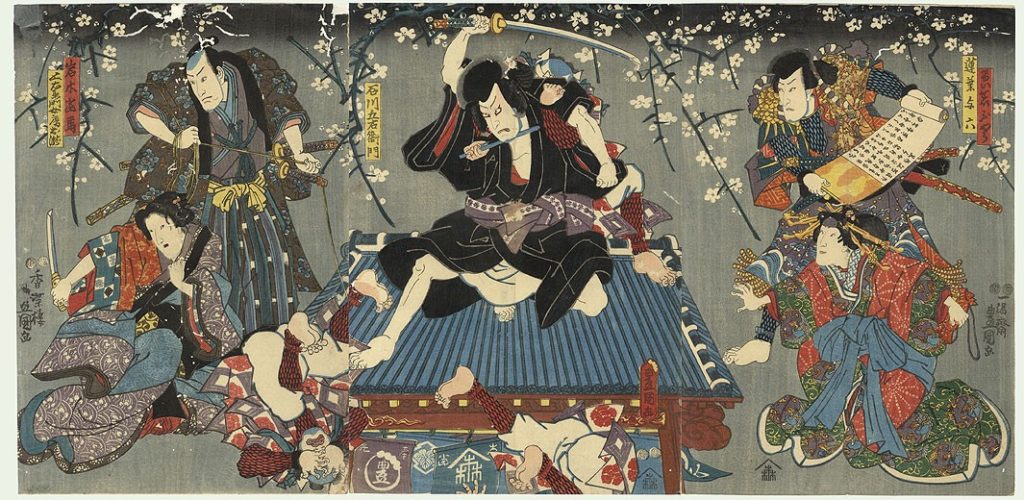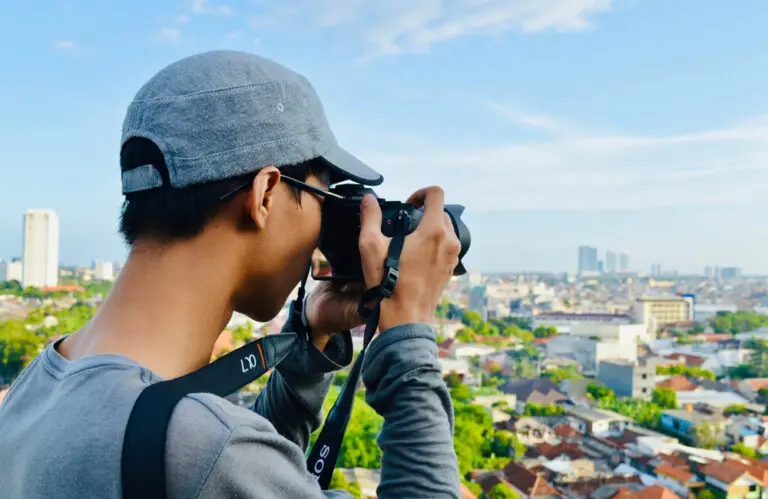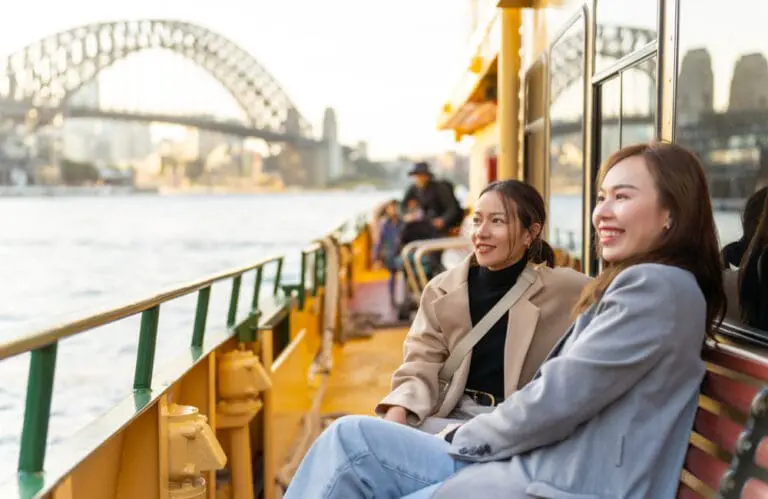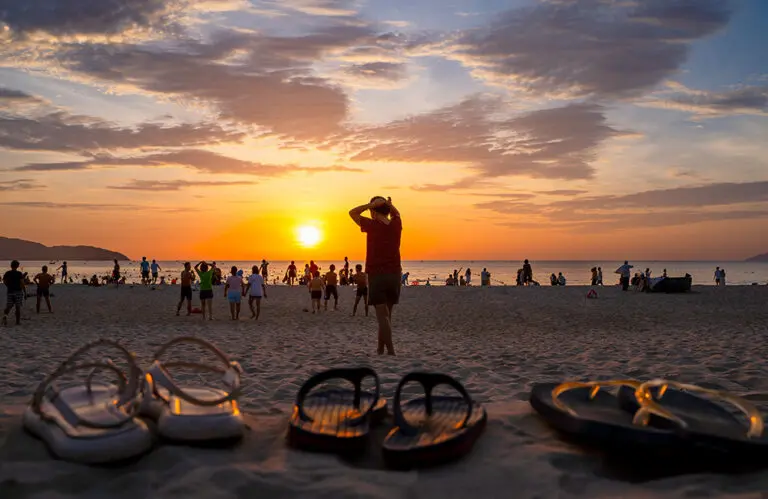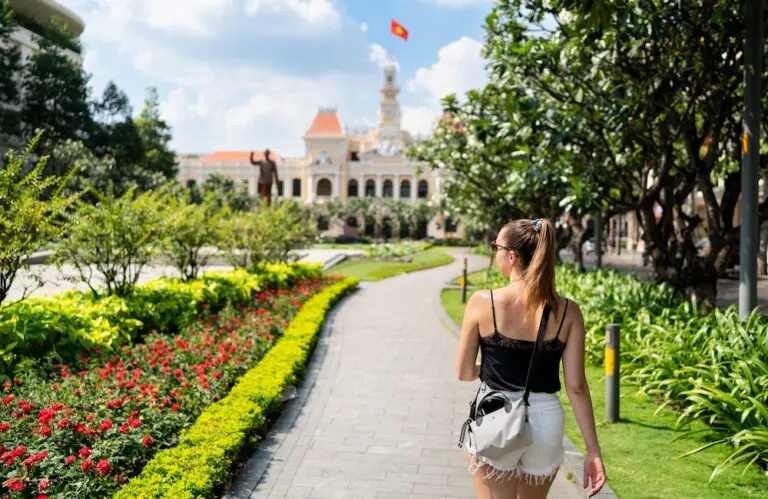The legendary and fearsome warriors of Japan, the samurai, has shaped Japan’s culture so much that their influence can still be felt today.
“Bushido” the way of the warrior, the Samurai’s code and culture has played a pivotal role in shaping Japanese culture.
Even though samurai no longer exist, the influence of this military class is still felt and their heritage can be seen all over Japan through castles, carefully planned gardens, or preserved samurai residences – most of all it is ingrained in the psyche of the Japanese people.

The way of the warrior valued a life of self-discipline, respectfulness and ethical behaviour but also set ideals in honour, reckless bravery, selflessness and duty to the warrior’s master (daimyo) to the point of giving up their lives and embracing death.
Here are some fascinating facts about Japan’s warrior class:
6. Armour that incites nightmares

Samurai! Armour from the Ann and Gabriel Barbier-Mueller Collection at the Museum of Fine Arts, Boston
Both ornately beautiful and fearsome, the samurai’s armour is distinctive and iconic. However, the armour was not just made for looks, each piece had a function. The samurai’s armour was designed for mobility – it was sturdy, yet flexible for free movement in battle. It was made of lacquered plates of leather or metal bound together by either leather or silk.
Fun Fact: Darth Vader’s helmet design was influenced by samurai helmets. The samurai armour was so effective that the US Army based their modern flak jackets on samurai armour.
5. Warriors who don’t go to war

There was frequent warfare in the early centuries of the feudal period amongst the different daimyos. But during the Edo period (1615-1868) many samurai never actually saw battle, enjoying a mostly stable and peaceful Japan.
During this time the Samurai paraphernalia and armour was more ceremonial than functional. This period turned the samurai into poets, scholars and bureaucrats.
Having said that, those who didn’t trade their swords for a pen trained swordsmanship diligently and some of the best swordsmen came from this period. These swordsmen fought duels to win fame enough to open their own fighting schools.
4. Warrior scholars

As nobility, the members of the samurai class had more responsibilities than fighting. The majority of samurai were very well-educated, literacy was extremely high and they were highly skilled mathematicians – all this at a time when very few Europeans could read.
Bushido dictated that a samurai should strive to better himself in multiple ways, hence the samurai participated in poetry, rock gardens, ink paintings, calligraphy, literature, flower arranging and the tea ceremony.
3. The soul
Bushido told samurai that their soul was in their katana. The katana is the most famous sword type in the world and the most iconic of all samurai weapons.
The samurai would also name their swords and other weapons, so it’s pretty clear how much value and importance they placed on them. The katanas were handmade and they were tested on corpses and condemned prisoners, the results of these tests were often recorded on the nakago (the metal piece attaching the blade to the handle).
2. Die with honour

One of the things people associate with samurai is the act of seppuku (aka “hara-kiri”). Seppuku can be either voluntary or as a punishment, either way, it’s seen as an extremely honourable way to die.
It is by no means a cowards way out as stabbing yourself through the stomach is quite a painful and slow way to die, hence why some elected to have their heads cut off for a quicker death.
1. Girls allowed

Whilst, samurai is strictly a masculine term, the Japanese bushi class (the class samurai came from) did include women who received similar training in martial arts and military strategy. These women were called Onna-Bugeisha, they participated in combat alongside their male counterparts – usually brandishing a light spear that was relatively light.
We used to think these women were a small minority but remains from the site of the Battle of Senbon Mastsubaru in 1580 were DNA-tested and 35 out of the 105 bodies found were female, with similar results found on other sites.
Love Edo Japan?
If you’re fascinated with Samurai culture or Feudal Japan’s rich history, there are many tours you can take in Japan. There are even dedicated samurai and ninja tours where tourists can learn about skills and weaponry. Two hours away from Tokyo is Edo Wonderland (Nikko Edo Mura), a place will you can experience living history and culture of the Edo period in Japan. There’s ninjas, geishas and of course – Samurai. You can also visit Toei Kyoto Studio Park, here they film 200 Edo period films a year, you’re able to walk freely amongst the films sets and the kids can even get dressed up as samurais or geishas.
READ: SKIING IN JAPAN: 5 things that will convince you to hit the white powder
READ: FOUNTAIN OF YOUTH: How Japanese people defy ageing


